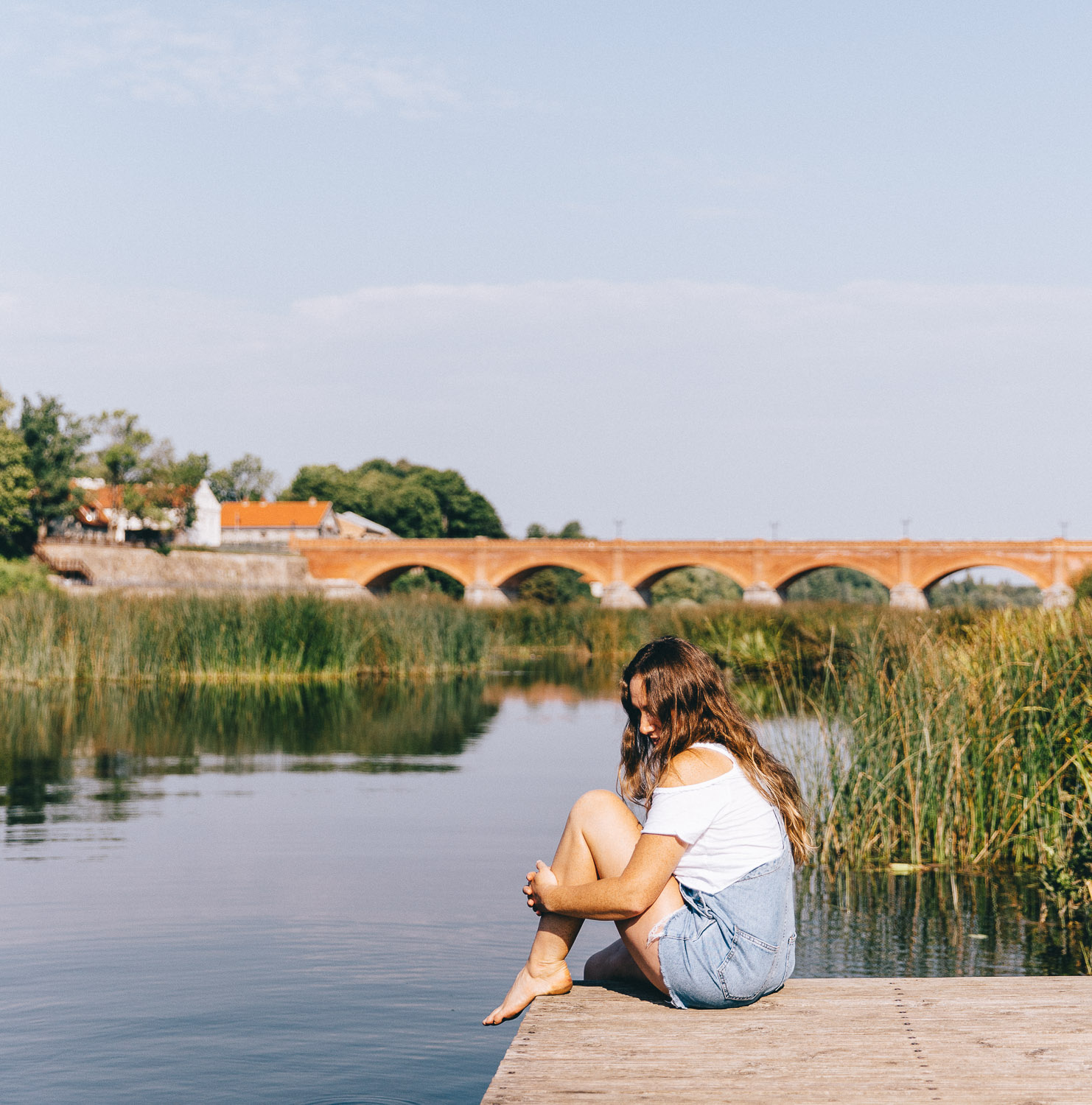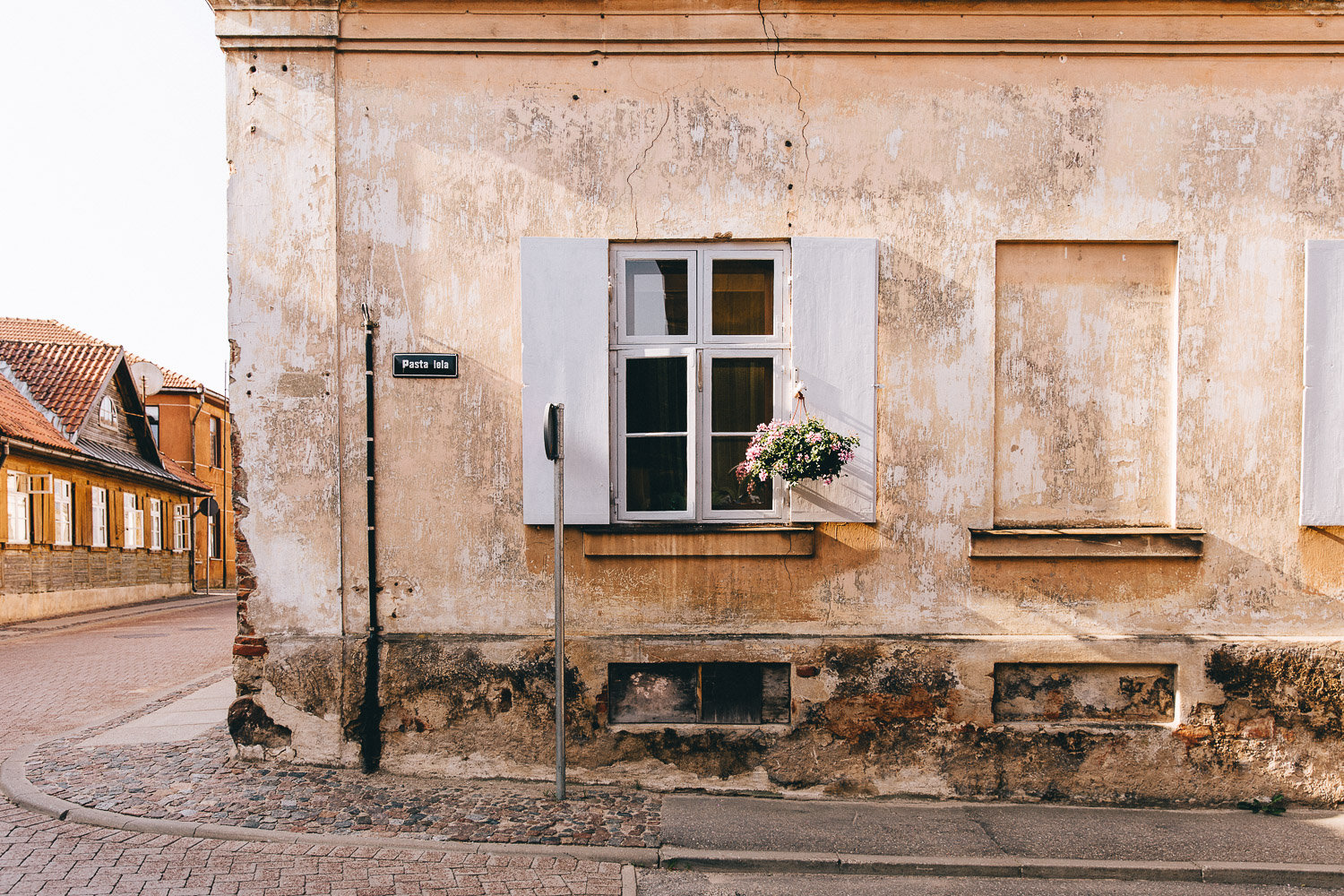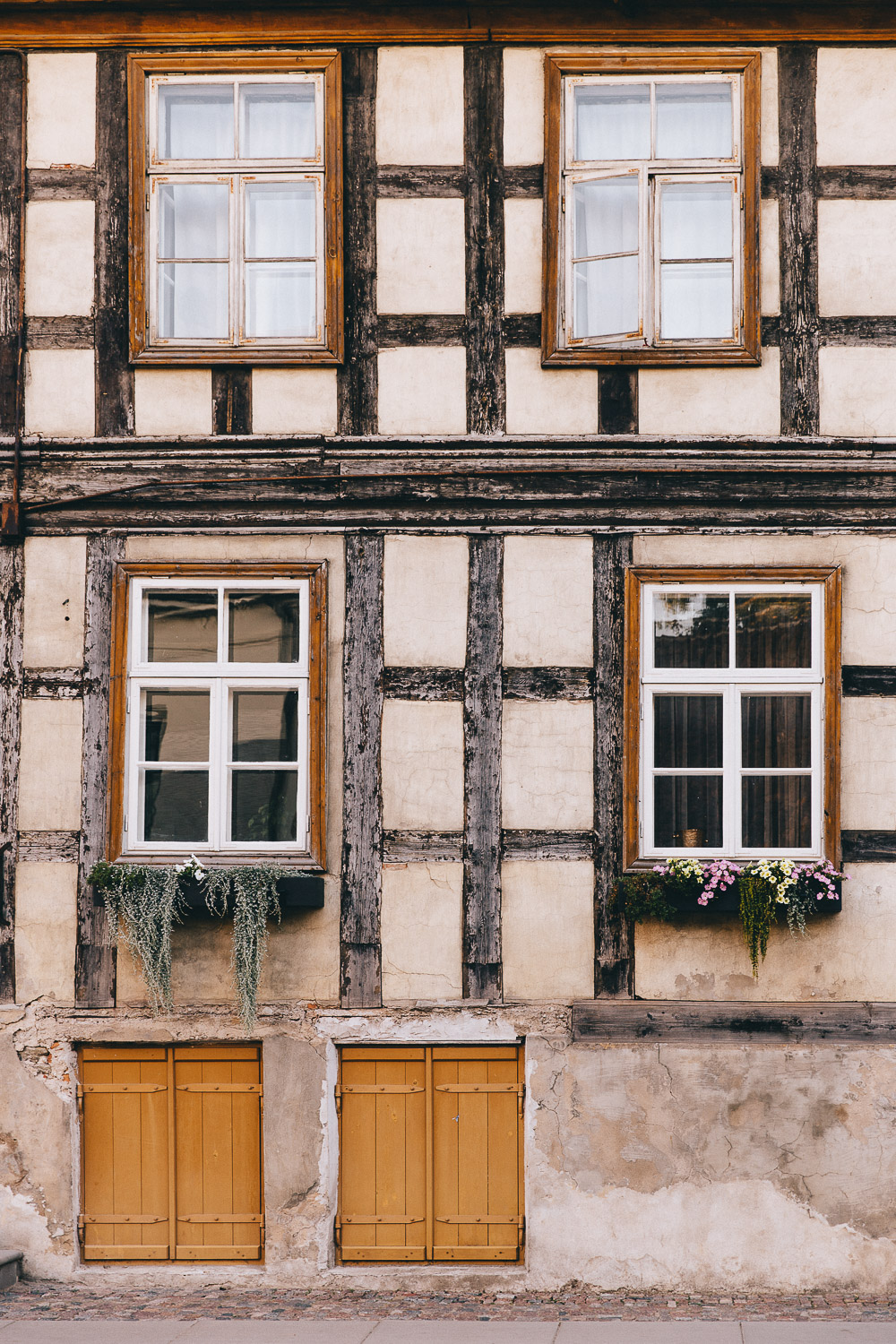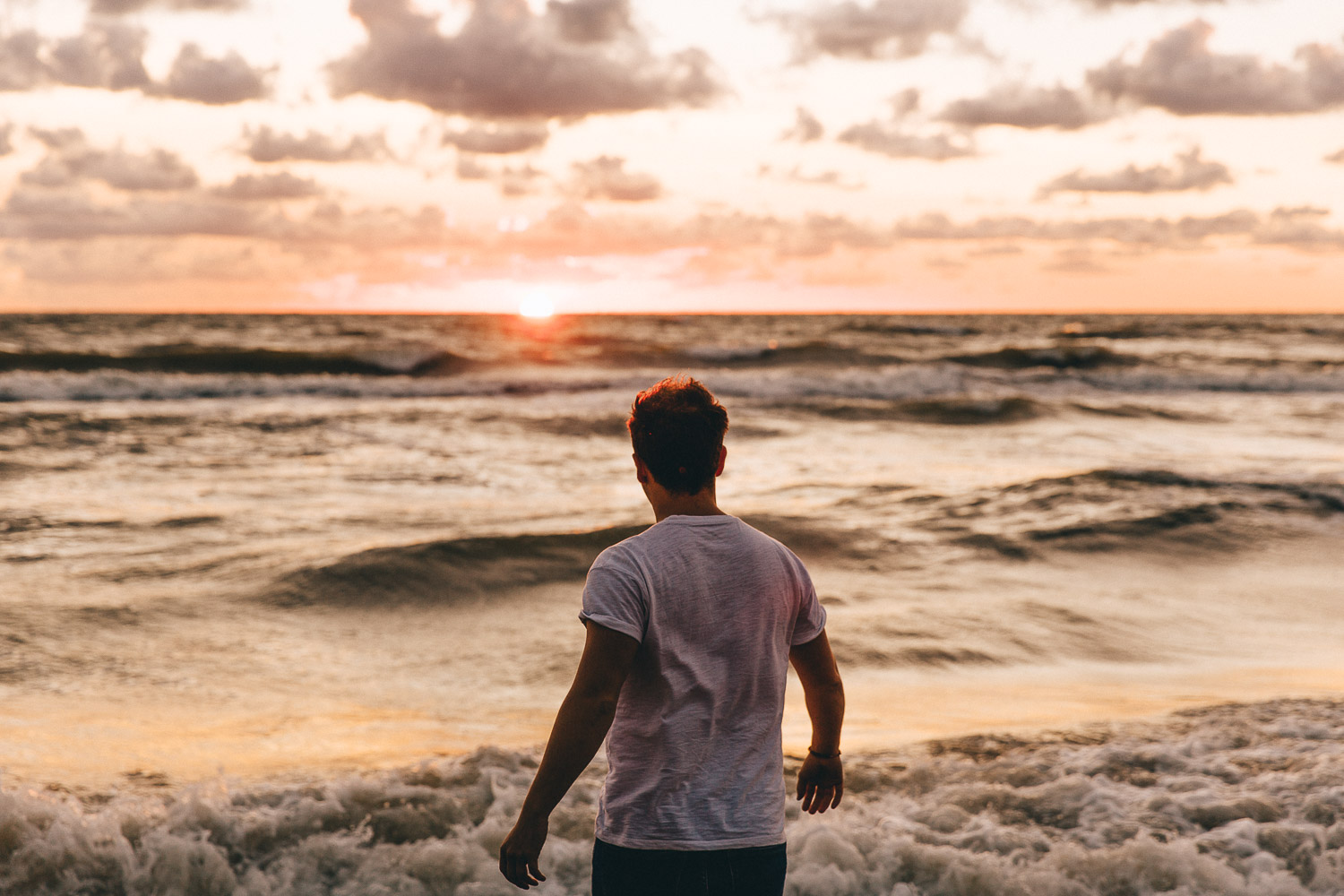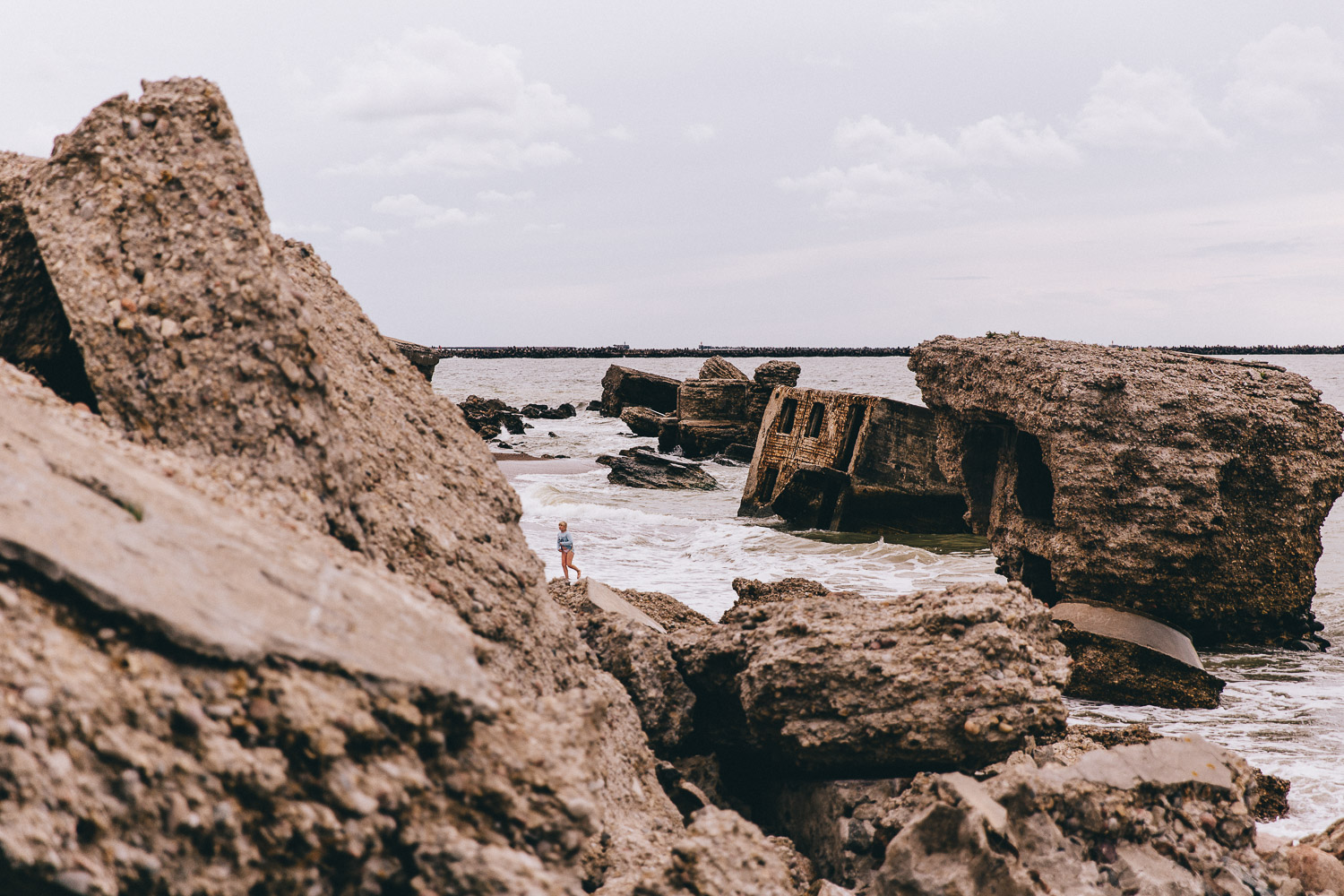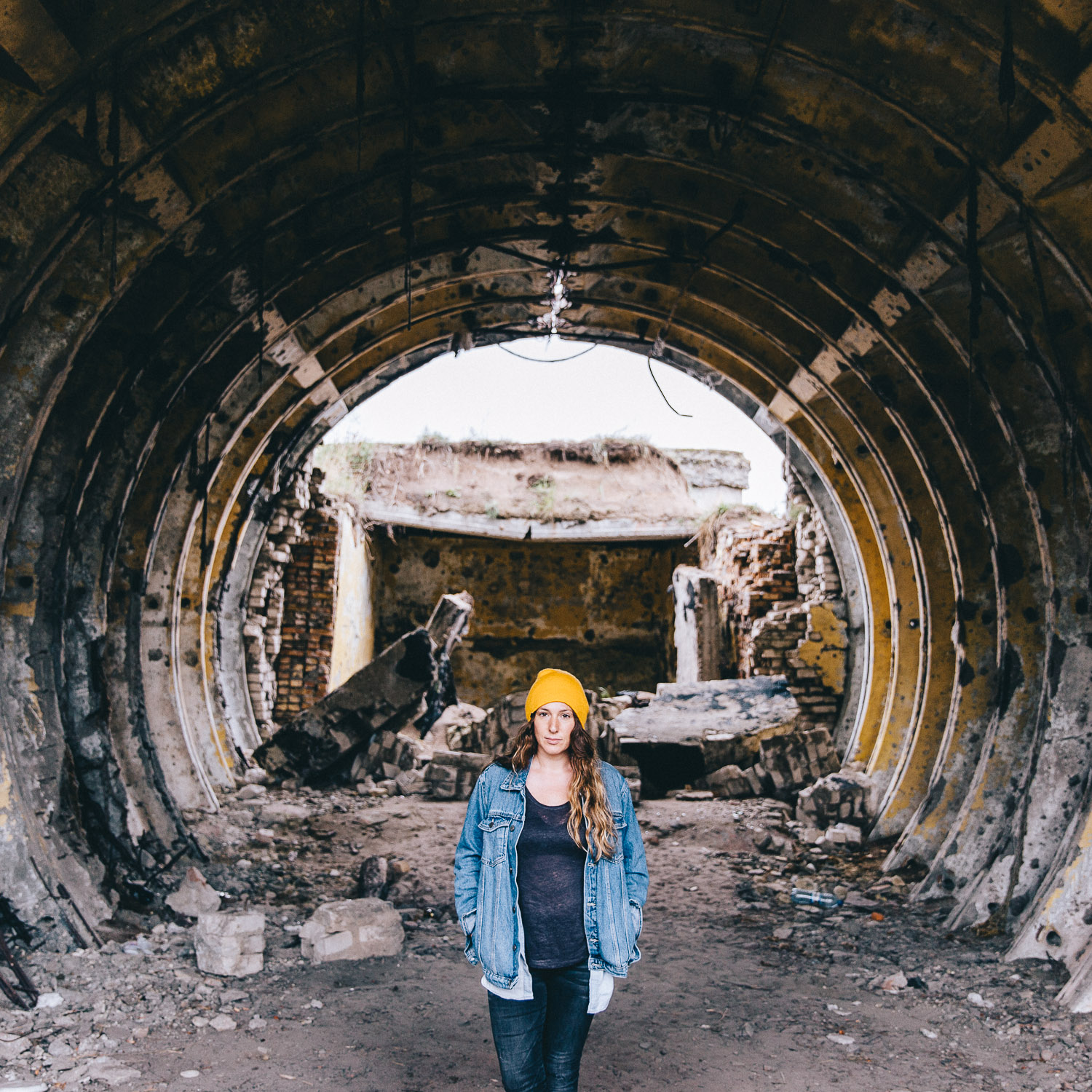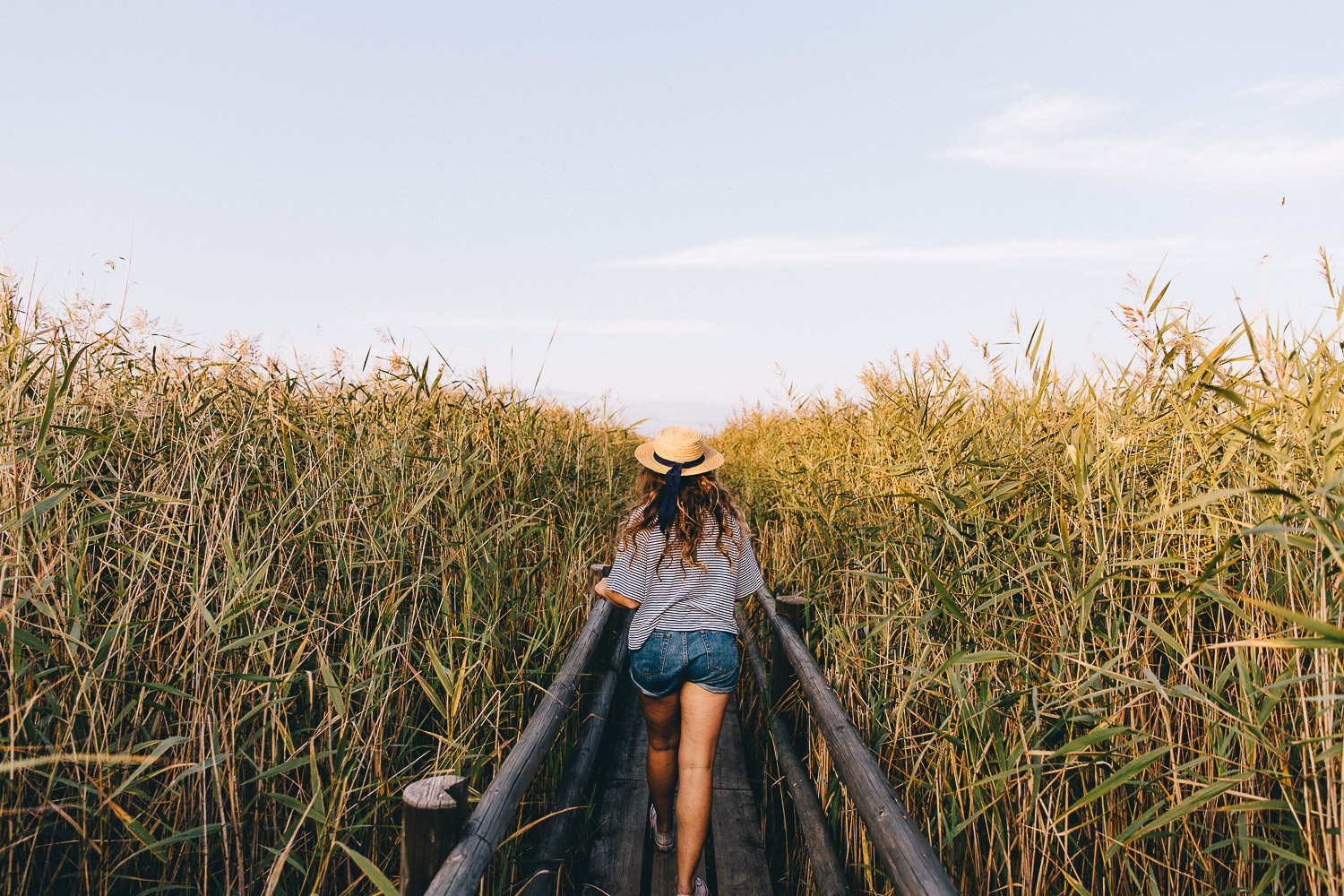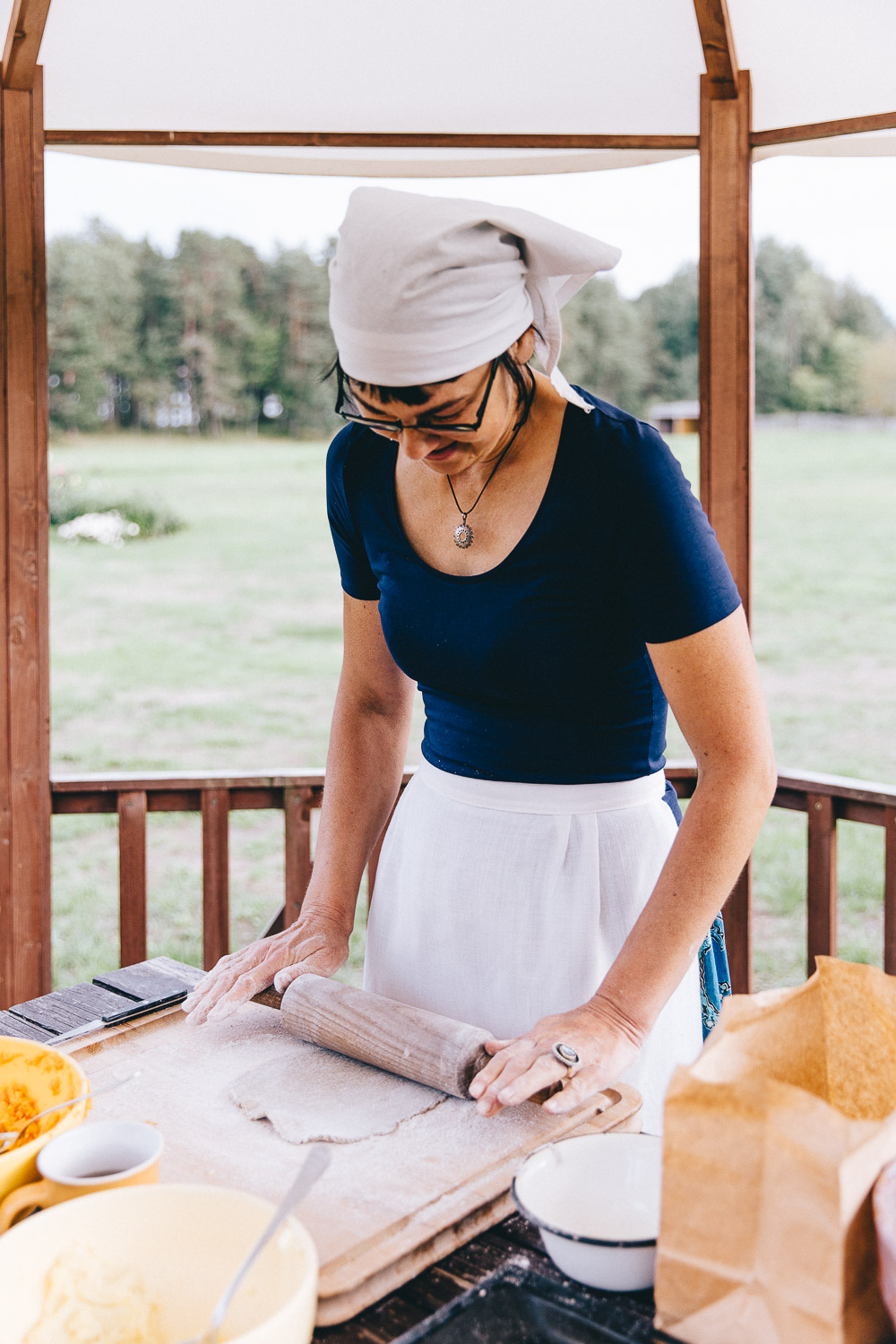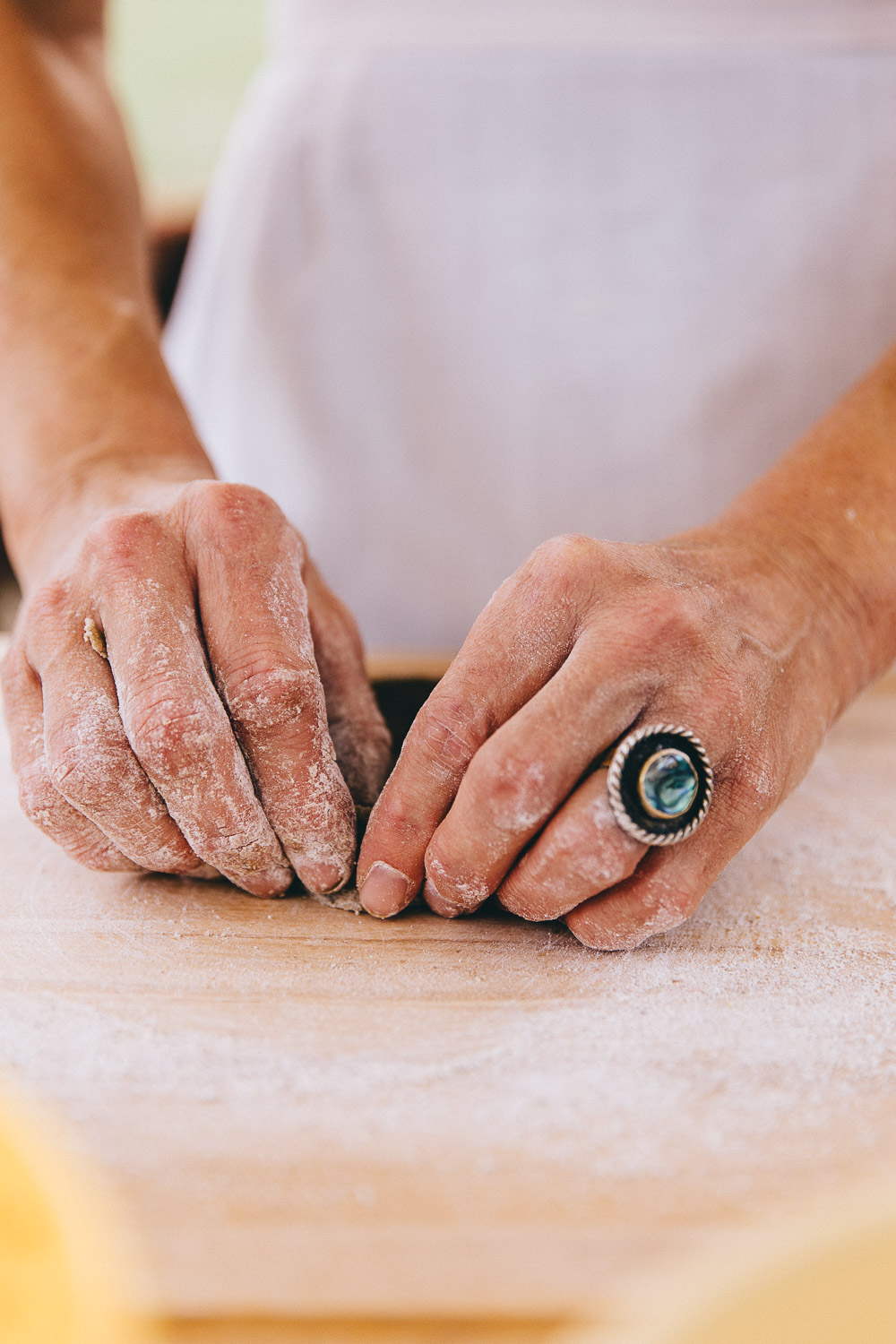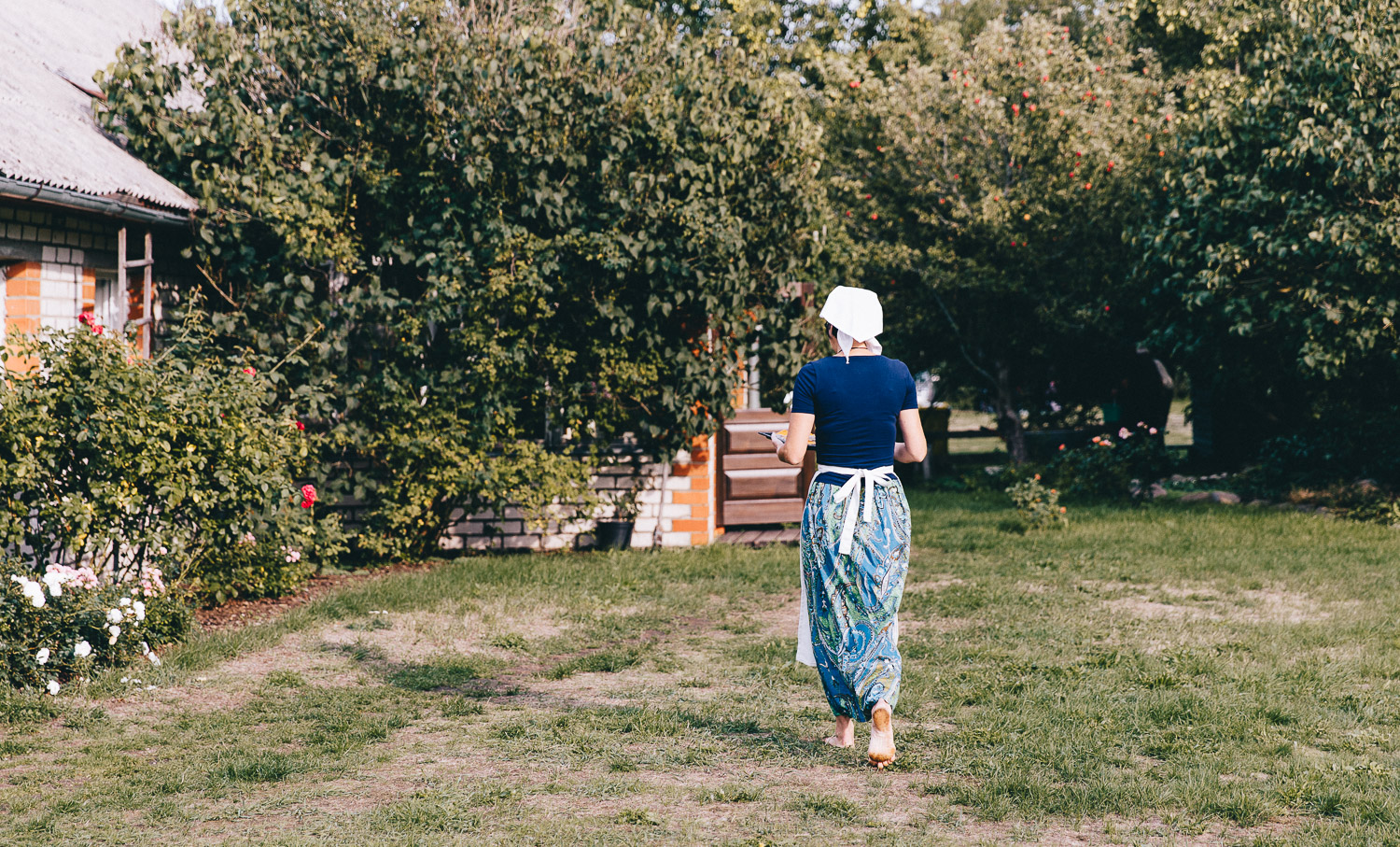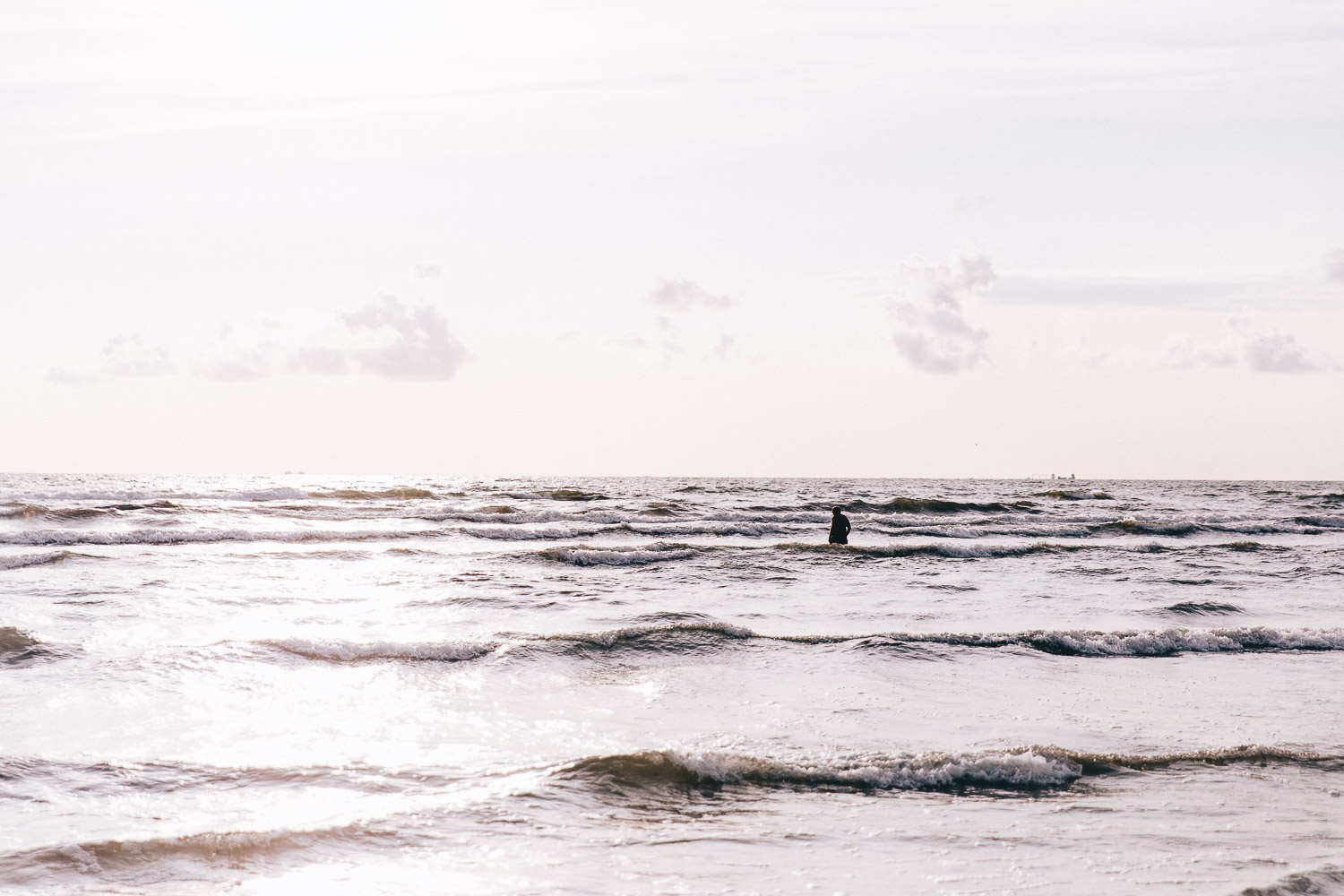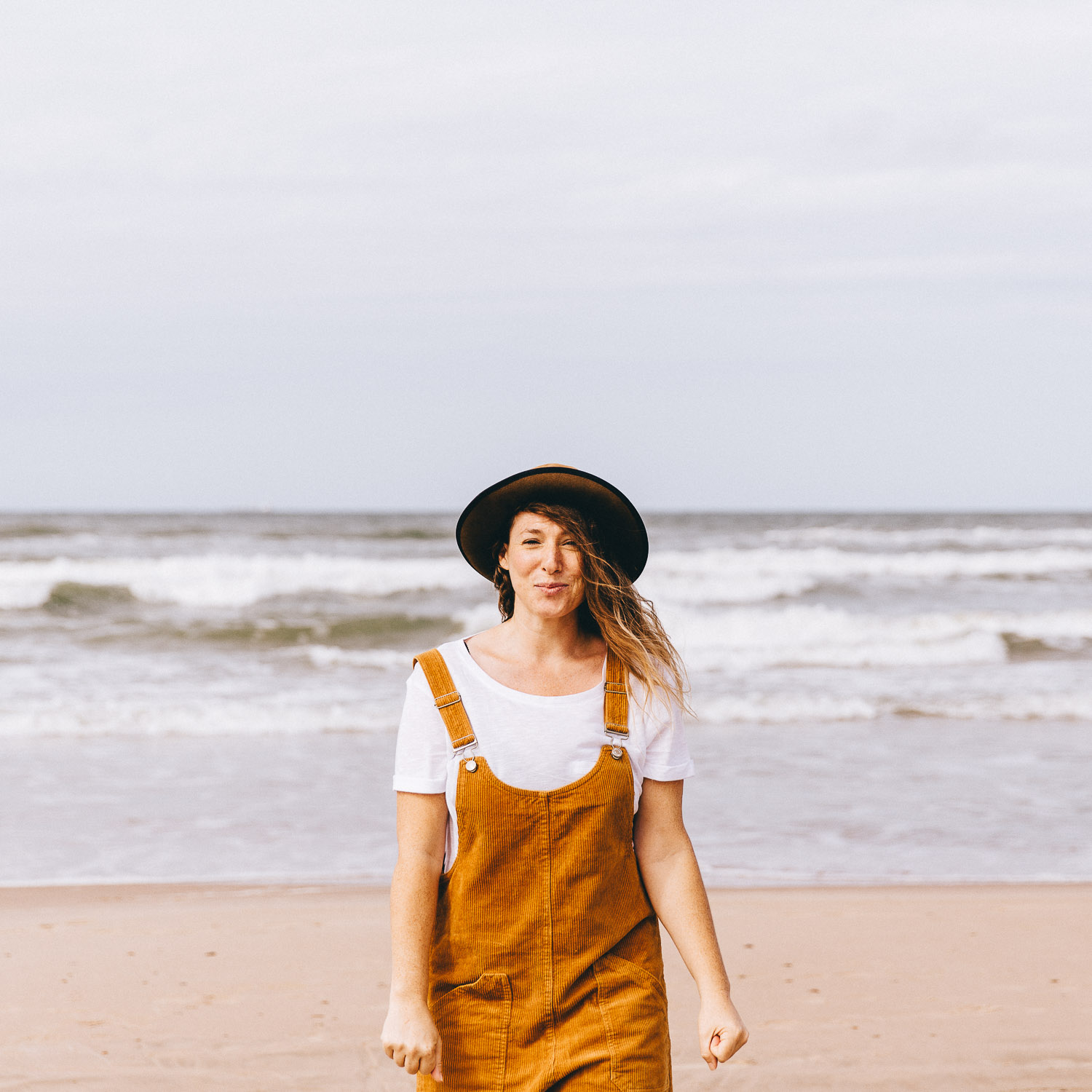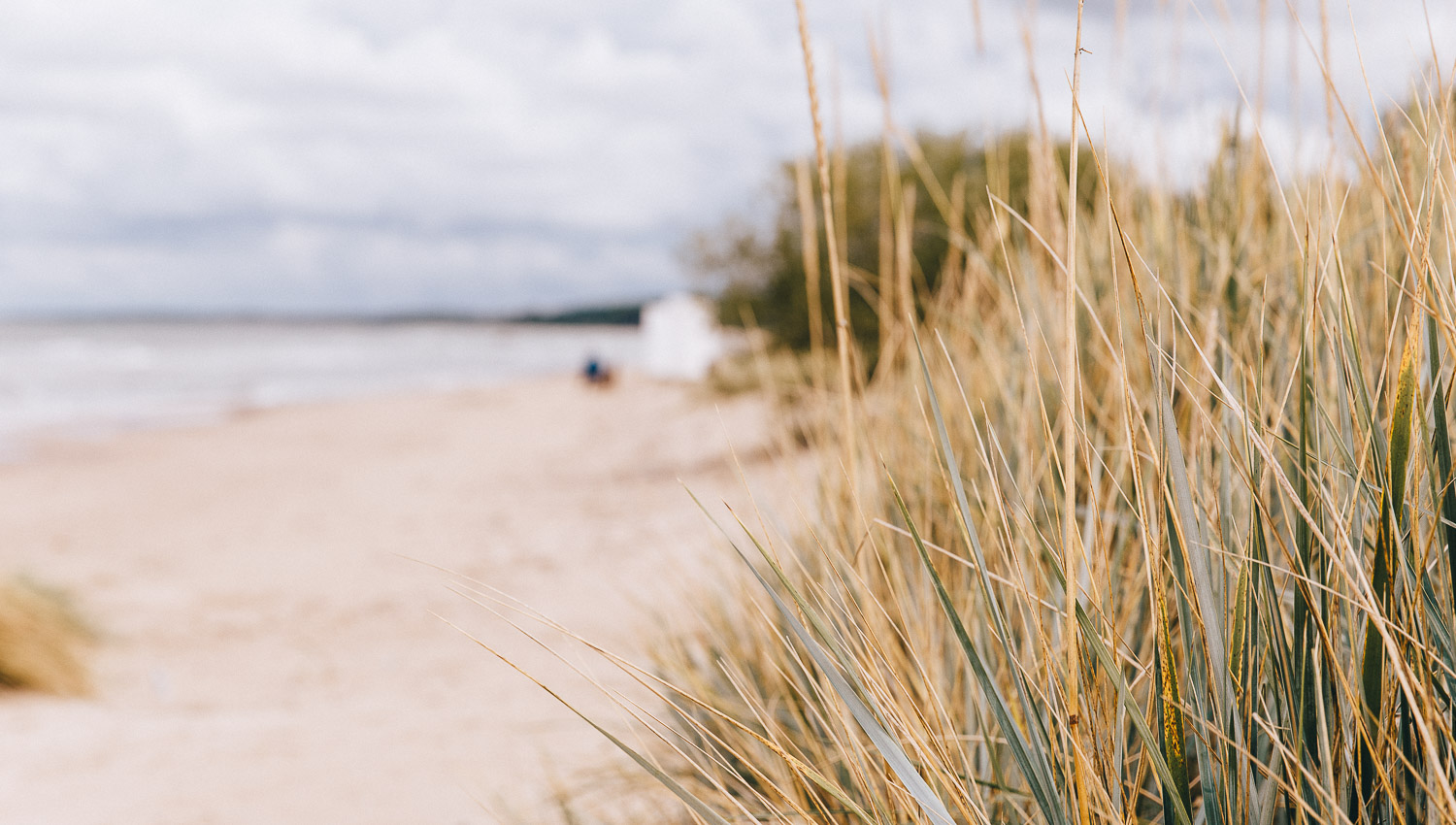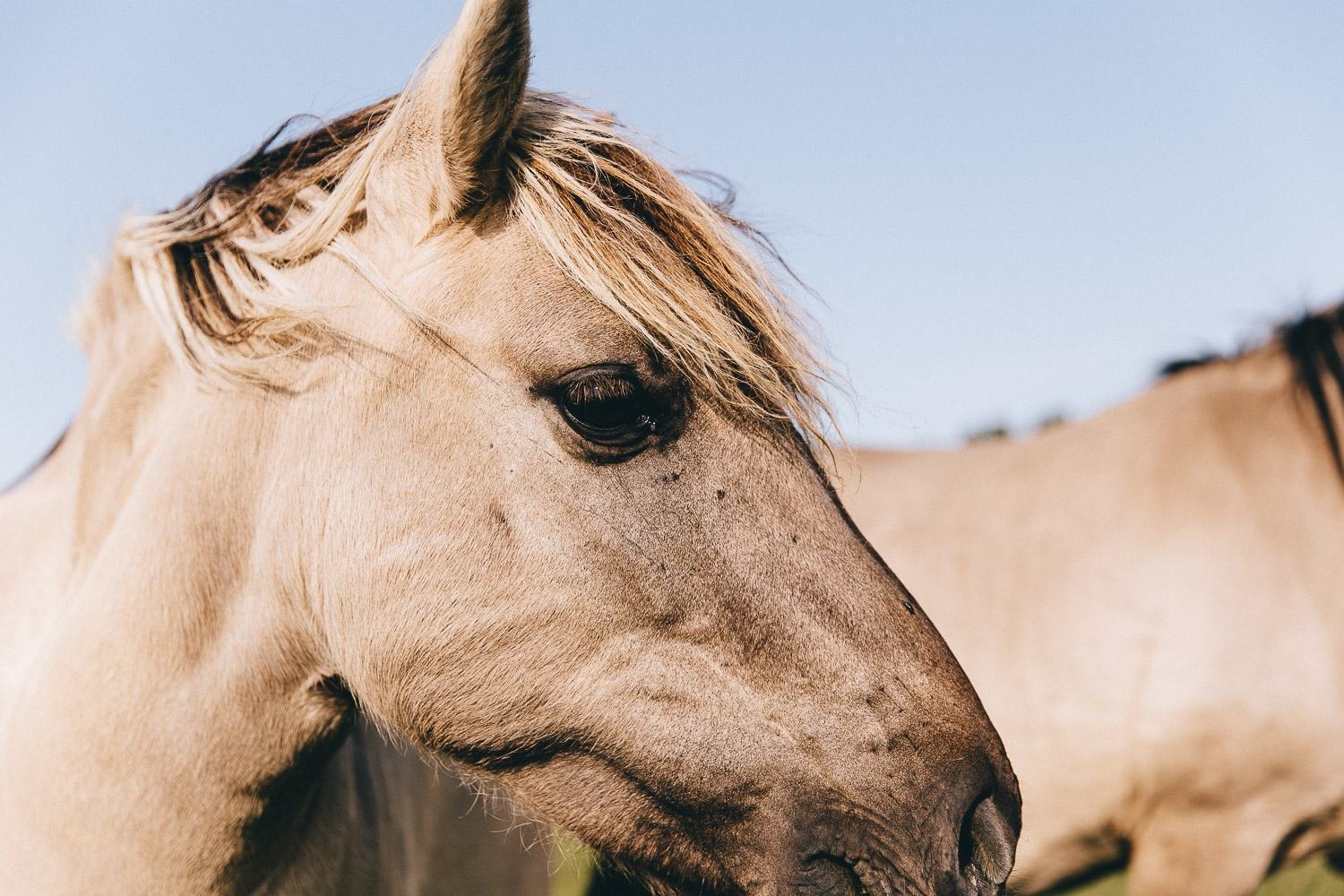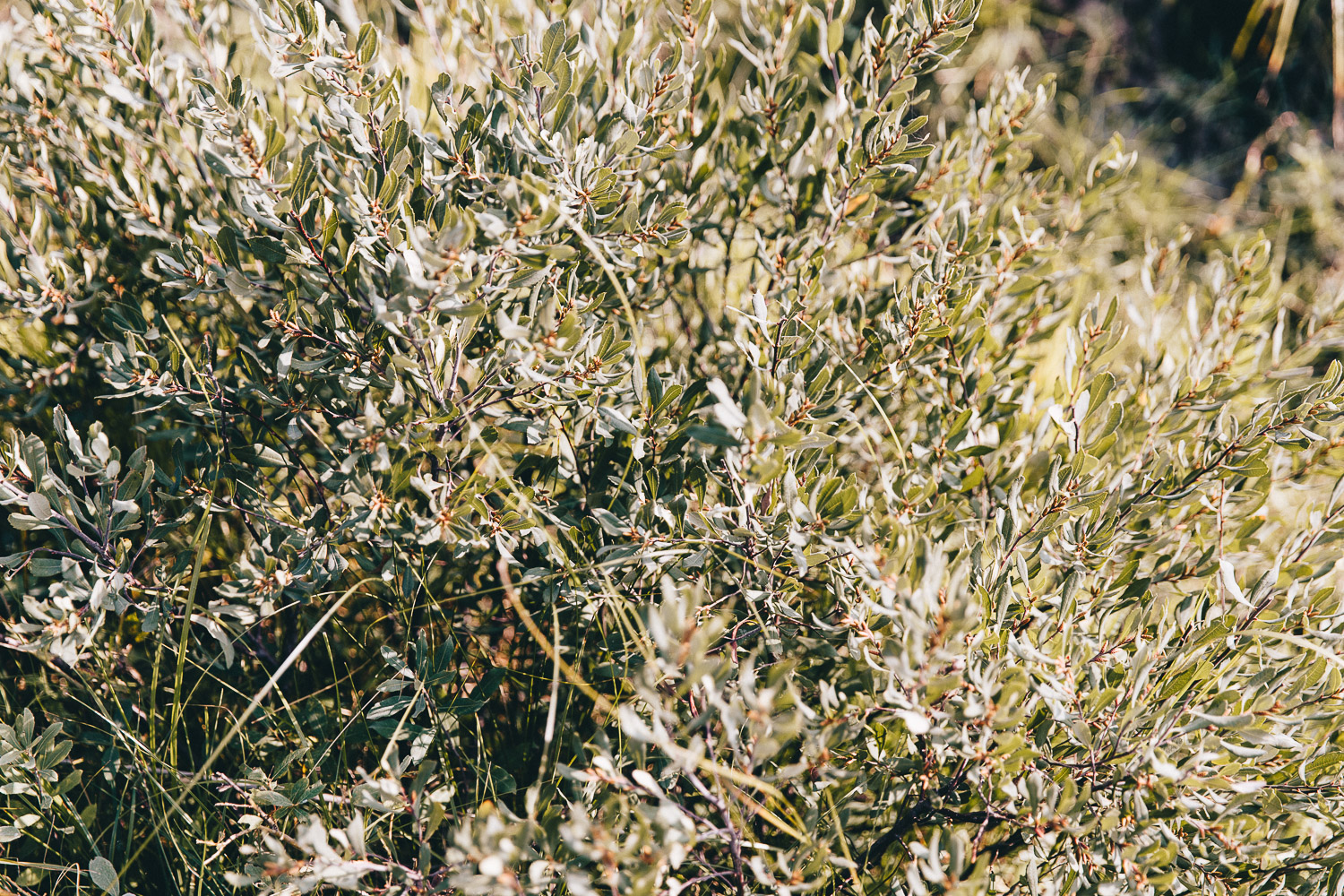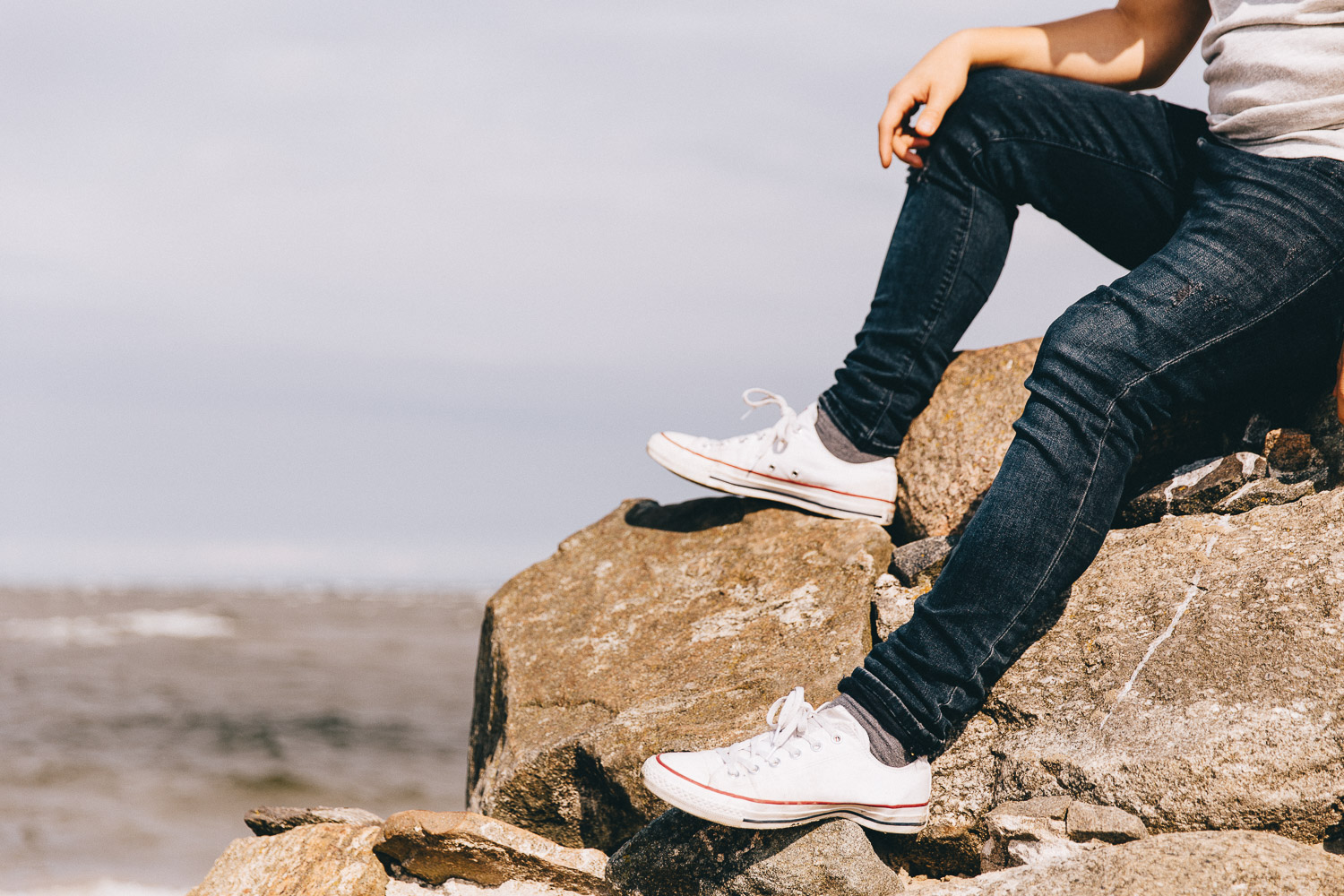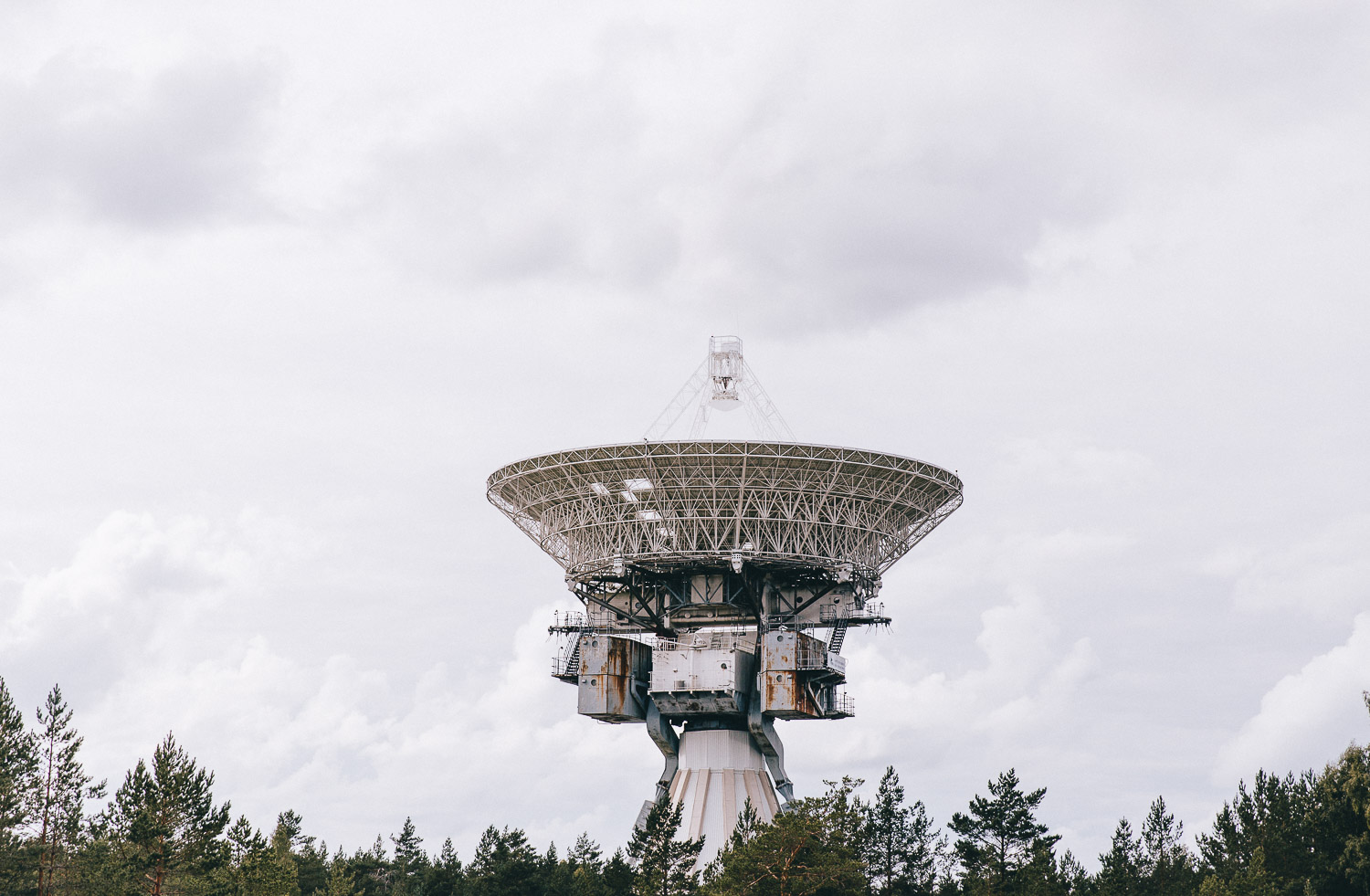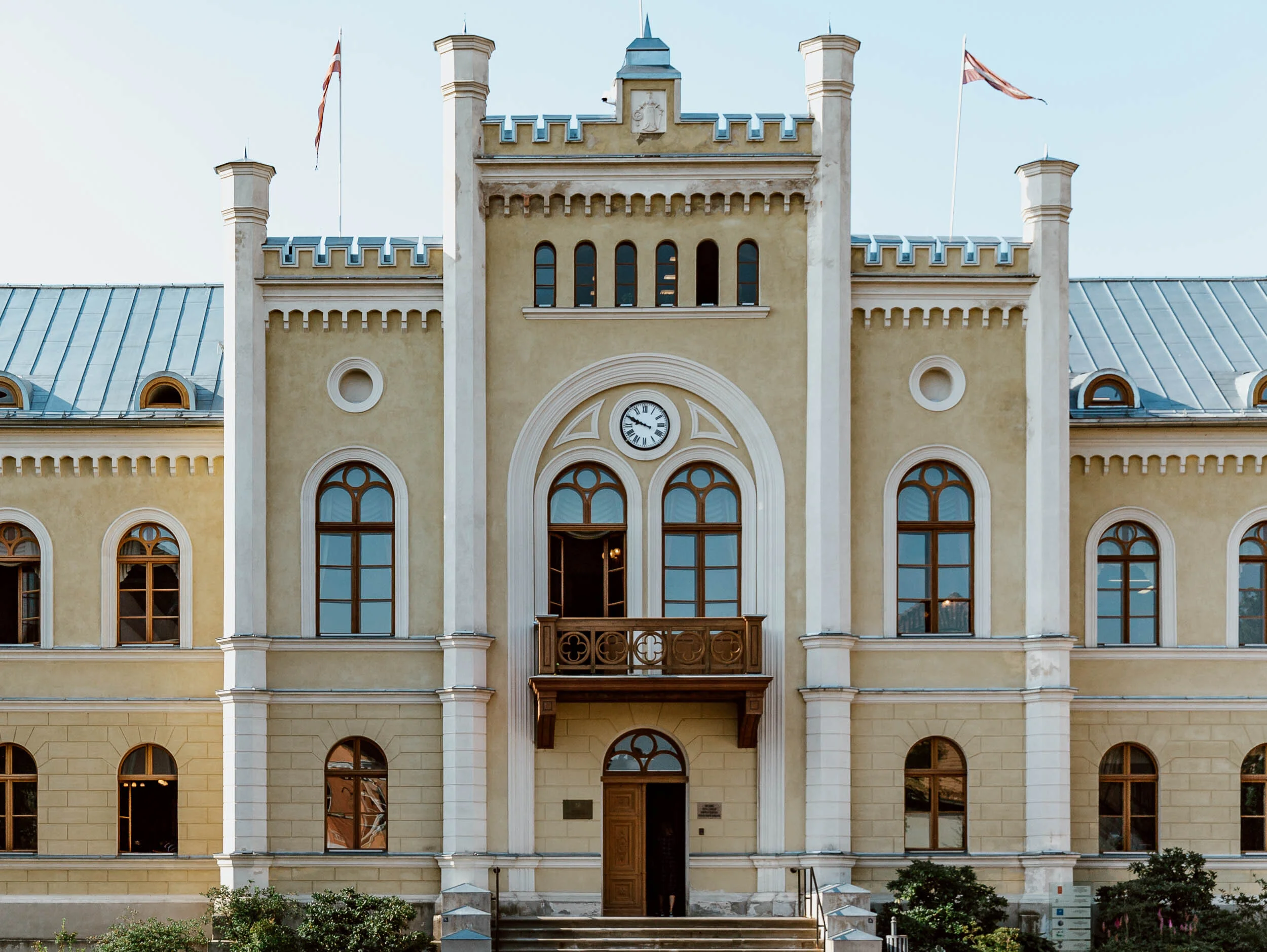From Tsarist concrete follies floating in the Baltic Sea to gigantic cow statues, chocolate-box towns, secret Soviet sites, and miles of wild undisturbed beach - the western region of Latvia is home to some of the country’s most captivating sights.
We spent seven summer days road tripping around Kurzeme, the name of the region to the west of Riga, and these are our pick of nine things you cannot miss!
Kuldiga
In our view, Kuldiga is the prettiest town we have visited in Latvia - and the fact that it is home to a bizarre number of cats and Europe’s widest waterfall simply sweetens the deal. Untouched by war, it is an excellently preserved insight into the architecture and aesthetic of ‘old Latvia’, something which is difficult to find elsewhere in the country.
We only spent one night here because we underestimated how lovely its outdoors would feel in summer, but it would undoubtedly be pretty in every season.
To find out more, read our guide to Kuldiga.
Sunset at Jurkalne
Over beers in a Liepāja park, with a rock concert thrashing in the background, two Latvian men insisted that we had to go to Jurkalne on our road trip. Thankfully, this tallied with the recommendation of an in the know Latvian friend who had helped us plan our route.
Jurkalne beach, with pine roots exposed in its towering sand bluffs, underpins a story we heard frequently along the western coast of Latvia - the sea is taking away the shore bit by bit. This gives a dramatic vibe to Jurkalne - we can already picture it as a scene in a Nordic Noir (Black Baltics?) crime drama - but the show-stopper is undoubtedly just before the sun goes down.
Set your watch to arrive in time for that, and grab a bench up on the bluffs or head down to the shoreline in the golden hues.
Northern Forts
When you do you reckon concrete was first used?
The 30s? The 50s? The 70s? Wrong.
Concrete has been around for centuries, but the modern version was developed back in the 19th century!
The only reason we now know that is because the Northern Forts, in Liepaja, made concrete interesting for us - and that is quite an achievement! As we so quickly associate the dull grey material with the industrial mass building techniques of the 1950s onward, and given Latvia’s history, we were convinced that these ruined forts must be relics of a Soviet shore. However, we were shocked to learn that they actually got put up under the direction of Tsar Nicholas III from 1890 onwards.
Foolishly, given they were created as military defence structures, they were then blown up just before World War I started (yep, that was stupid). Only, this early era concrete was far too strong and so, in the 21st century, dozens of these abandoned forts remain precariously balanced for locals and visitors to explore whilst sea slowly finishes off the job that man’s explosives couldn’t.
For more information on how to visit the forts, plus our other recommendations for the city, check out our guide to Liepaja (published next week!).
The Instagram Spot
Not too many miles before you enter Jurmala, you can turn right from Lapmežciems and end up on a dusty road in the countryside. Of course, this sort of scenario makes the two of us at Along Dusty Roads very happy indeed (in fact one of our happiest moments of our Kurzeme summer road trip took place in that setting), but it also brought us to this ridiculously photogenic spot nestled amongst the reed on Lake Kanieris nature trail.
Pretty nice huh?
Latvian Hospitality
Emily never expected to have to use her high school German in Latvia, but it was the lingua franca between us and our wonderful hosts at Branki. After a long day driving, arriving at this traditional countryside cottage was just the ticket. Decorated with trinkets collected throughout the decades, it instantly felt like home, and that was before we sat down to our own private traditional three-course homemade meal which left us with very full bellies and that irreplaceable sense of being made a welcome guest in someone else’s country.
A few days later on the road trip, shortly after ending our route along the peaceful Livonian Coast, we were fortunate enough to join a cooking class at this guesthouse in Kolka to learn a little more about rural life in Latvia. Making some of Kurzeme region’s favourite traditional dishes - sklandrausis and smoked fish soup - in our host’s guesthouse garden by the Gulf of Riga, it underpinned that interactions like this, no matter how small, help shape a destination and its people in your mind.
Wunderbar.
The Beaches
The Baltics, for many of us Brits, haven’t traditionally been associated with beaches. Indeed, in Scotland, the term ‘Baltic’ is used to refer to sub-zero chilly temperatures.
However, all along the western coast of Latvia there are perfect slivers of rugged wild beaches to savour (a number of which actually reminded us of those we’ve enjoyed in the north of Scotland!). Particular favourites of ours were found at Kaltene, Cape Kolka, and Mazirbe, although there really are so many all along the way.
On the other hand, the cities of Liepaja and Vestpils have wide stretches of family friendly Blue Flag beach, as does the popular resort of Jurmala (only 30 minutes from Riga) which is a long established Baltic beach break favourite. Although the weather and wind across the region may mean they aren’t replacements for a Spanish break in the sun, when summer days come to Latvia everyone knows exactly where to go, whether they want to escape the crowds or join them.
Lake Engure Nature Park
With 54% of Latvia being covered in forest, 12,000 rivers and 3,000 small lakes, it’s no surprise that national parks and a myriad of nature trails criss-cross the countryside. Our favourite from this road trip (once we actually found the entrance after three self-induced failed attempts!) was at Lake Engure.
With the obligatory wooden watchtower (seriously, Latvia loves them), it is a wonderfully isolated spot where friendly wild horses and cattle roam and city life feels a million miles away.
Another excellent trail in the Kuzemere region can be found in Šlītere.
Cape Kolka
It may not be a superhero, but it’s got a cape worth mentioning!
At Cape Kolka, on the very northern tip of Latvia, two bodies of water meet and the swirling, whirling current created by the merging of the Baltic Sea and the Gulf of Riga is utterly hypnotic (and definitely not made for swimming in).
Set within a national park area, there are also trails, pines, and wild beach to explore, whilst there is a cute little wooden hut cafe amongst the trees for a road trip break.
Soviet Sites
Two trips in Latvia have led us to the firm conclusion that, although it is inevitable for a Cold War curiosity to permeate a lot of our preconceptions about Latvia, there is much more to explore and enjoy in the country than simply dwelling up its controversial Soviet past. Nevertheless, the era is a key part of the country’s story and for many of us will share a historical interest in it.
Liepaja, particularly in the Karosta neighbourhood, holds several sights of interest, but it is outside the city of Ventspils (which is home to a number of large cow statues) where we were most captivated. Within the forest, lies the gigantia Ventspils radio telescope which was operated by the residents in a secret Soviet settlement which now lies derelict. It’s dark tourism, but shines a light on an important period in European history.
Note that some online guides may direct you towards Skrunda-1, but that this is no longer possible to visit (trust us, we found this out the hard way so don’t even try).
Read Next | Our Summer Latvia Road Trip
Read Next | Our Winter Latvia Road Trip


